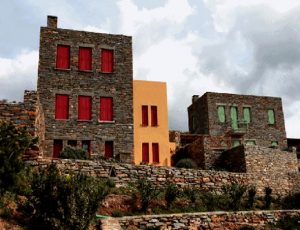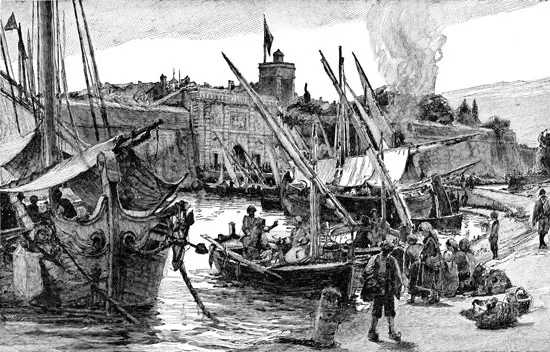Ancient Greek daily life Every day: Greece houses, in the 6th and 5th century BCE, were made up of two or three rooms, built around an open-air courtyard, built of stone, wood, or clay bricks. Larger homes might also have a kitchen, a room for bathing, a men’s dining room, and perhaps a woman’s sitting area.

Greek daily life Every day
In Ancient Greek daily life Every day, The Greeks ate three meals each day. Breakfast was eaten at sunrise. They are a small midday meal and a late afternoon snack. The main meal was eaten at the end of the day. All over Ancient Greek daily life, the people grew olives, grapes, and figs. They kept goats, for milk and cheese. In the plains, where the soil was richer, they also grew wheat to make bread. Fish, seafood, and home-made wine were very popular food items.

In Athens, society was male-dominated – only men could be citizens and only upper-class males enjoyed a formal education. Women had few political rights and were expected to remain in the home and bear children. Men ran the government. They spent a lot of their time out of the house while involved in politics.
Men also spent time in the fields overseeing the crops. They sailed, hunted, and traded. All of these activities took the men away from home. Men enjoyed wrestling, horseback riding, and the Olympic Games. Men had parties in which the women were not allowed to attend.

The dance was very important to the Greeks. Some dances were for men, and others were for women. Over 200 dances were performed by the Greeks. Dancers were accompanied by lyres, flutes, and percussion instruments.
The gymnasium was a large exercise yard surrounded by changing rooms, practice rooms, and baths. The Greeks wanted healthy bodies. Due to this, they spent a good portion of each day exercising in the gym. Wrestling, boxing, and javelin and discus throwing were enjoyed sports. Athletes wore no clothes while exercising. They oiled or dusted their bodies before and after exercising.

Fully one-quarter of the population was made up of slaves, usually, prisoners captured during the many clashes that extended Greek influence overseas. These slaves provided much of the manpower that fueled the burgeoning economy, working in shipyards, quarries, mines, and as domestic servants.
Slavery was a central feature of life in Ancient Greek. Families of reasonable wealth would have slaves to carry out the household chores, to go shopping at the market and even to help bring up children.